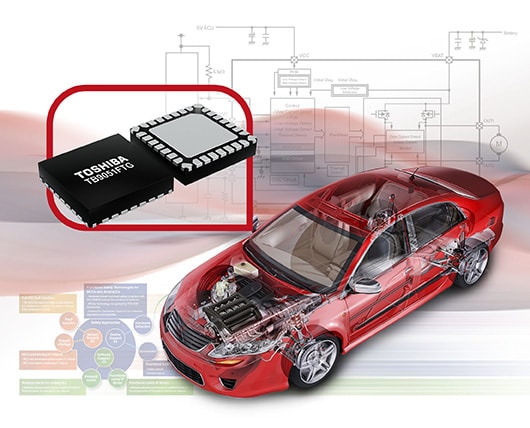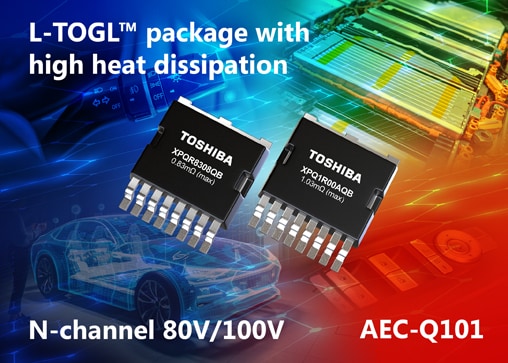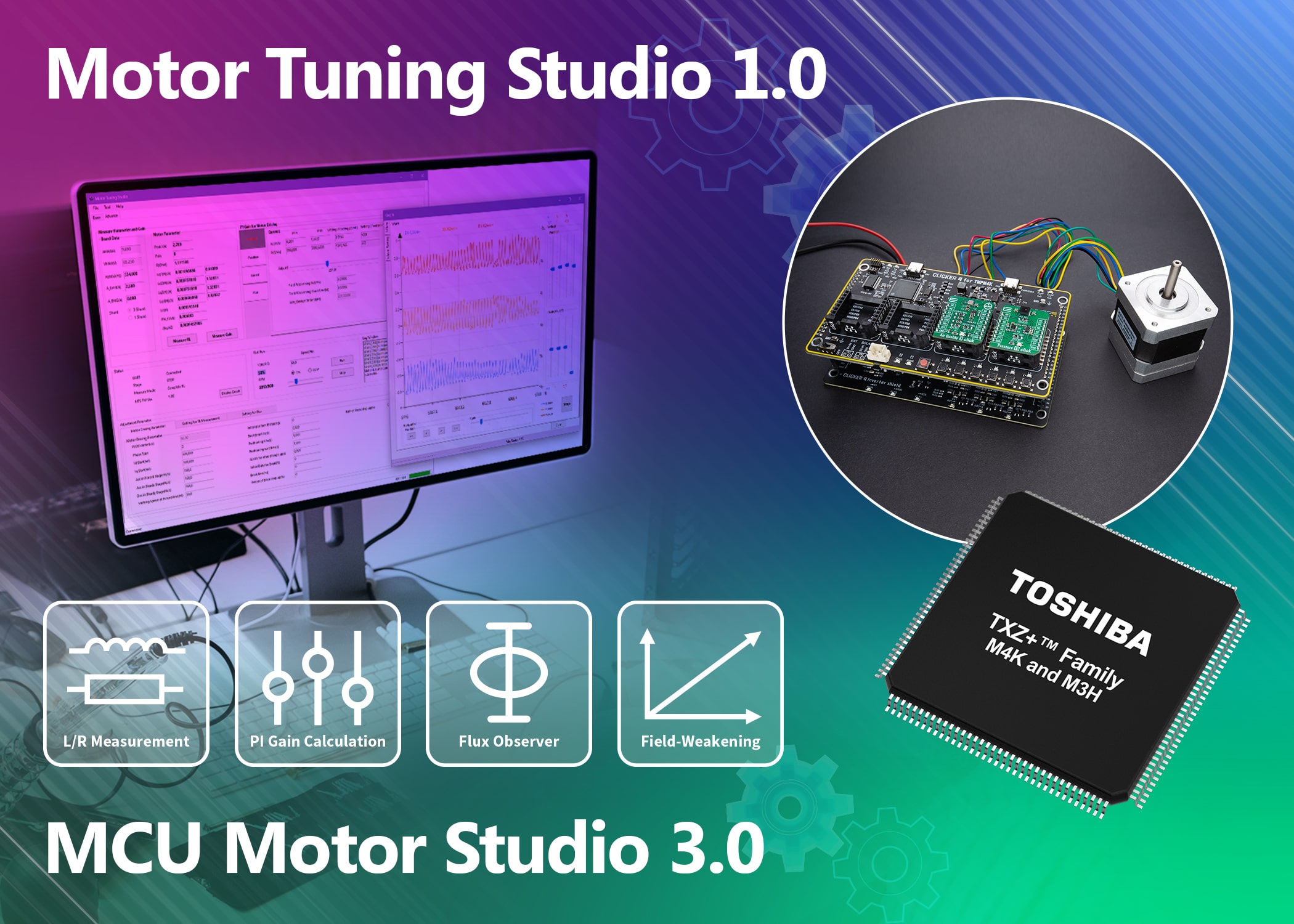- General Top View
-
SEMICONDUCTOR View
-
Applications
Body Electronics
xEV
In-Vehicle Infotainment
Advanced Driver-Assistance Systems (ADAS)
Chassis
Infrastructure
BEMS/HEMS
Factory Automation
Commercial Equipment
IoT Equipment
Healthcare
Wearable Device
Mobile
Computer Peripherals
-
Products
Products
-
Design & Development
Design & Development
Innovation Centre
At the Toshiba Innovation Centre we constantly strive to inspire you with our technologies and solutions. Discover how to place us at the heart of your innovations.
-
Knowledge
Knowledge
Highlighted Topics
Further Materials
Other
- Where To Buy View
-
- STORAGE View
- COMPANY View
- Part Number Search
- Cross Reference Search
- Keyword Search
- Parametric Search
- Stock Check & Purchase
This webpage doesn't work with Internet Explorer. Please use the latest version of Google Chrome, Microsoft Edge, Mozilla Firefox or Safari.
require 3 characters or more.
The information presented in this cross reference is based on TOSHIBA's selection criteria and should be treated as a suggestion only. Please carefully review the latest versions of all relevant information on the TOSHIBA products, including without limitation data sheets and validate all operating parameters of the TOSHIBA products to ensure that the suggested TOSHIBA products are truly compatible with your design and application.
Please note that this cross reference is based on TOSHIBA's estimate of compatibility with other manufacturers' products, based on other manufacturers' published data, at the time the data was collected.
TOSHIBA is not responsible for any incorrect or incomplete information. Information is subject to change at any time without notice.
require 3 characters or more.
Processes enable higher efficiency in motion control

Given the rapid growth in the use of small motors in automotive applications such as throttle bodies, locking mechanisms, cooling fans, seat positioning, mirror parking and so on, it is not surprising that much semiconductor research and development is focused on motor driver technology.
System designers (and consumers) are seeking simple, compact and reliable solutions that drive ever-higher levels of integration in semiconductor devices. Efficiency is another significant focus area, either due to rising energy costs or the limited availability of power (in a battery-powered application for example).
Semiconductor process technology has played a significant role in advancing the technology behind motor drivers. Control ICs have improved as the silicon process has evolved from bipolar to the latest BiCD process that allows logic and high-voltage circuitry to be fabricated on a single chip. As a result, today’s controllers have smaller die sizes, lower power losses and are directly compatible with modern low-voltage logic devices such as the latest generation microcontrollers.
Successive BiCD process generations, moving forward from the 0.8um geometry of the late 1990’s, have driven up gate density from around 6,000 gates/mm2 to over 200,000 gates/mm2 in Toshiba’s advanced 0.13μm process. This allows significantly greater logic capability in the latest motor control ICs, allowing control and safety functionality to be offloaded from the host microcontroller resulting in simpler system software and circuit design.
Compared to bipolar technology, BiCD controllers save more than 80% of the power normally dissipated thereby significantly helping to improve energy efficiency.
To learn how Toshiba’s state-of-the-art motor drive solutions can simplify your efficient design requirements, please click here:




